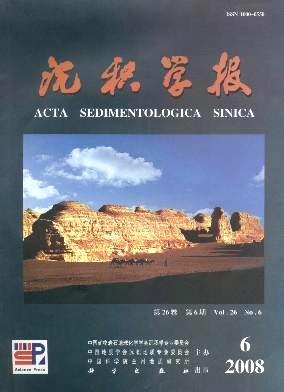emiquantitative Analytic Technique on Base Level Variation Range and Its Application
- Received Date: 1900-01-01
- Rev Recd Date: 1900-01-01
- Publish Date: 2008-12-10
-
Key words:
- base level variety /
- semiquantitative analytic technique /
- stratigraphic sequence /
- sand shale alternate layer /
Abstract: Base level is an imaginary level surface and as a matter of fact, a very physical potential energy level at the same time, which controls stratum depositional and conservation by increasing or decreasing accommodation space. Lacustrine sedimentation is mainly controlled by tectonic action. Seismic onlap pinch out boundary is difficult to be used for confirming excursion of the base level. The sediment types and their superimposed features in log data can conversely verify the rangeability of relative accommodation space. In the light of thickness distribution of the sand shale sequence cycle, we can semiquantitatively analysis rangeability of the base level by selecting middle thickness or average thickness of the maximal bearing value area as statistics area, then accounting thickness of sand and shale of every area from bottom to top, and calculating percentage of the mudstone which endowed with different “base level variety numerical value”. The method is suitable to make definite the changing features of accommodation space, to recognize transform surfaces and base level cycle, and to analysis the dominance for precipitation facies partition. It is applied in base level cycle division and comparison of offshore sedimentation sand or sand shale alternate layer to establish high resolution equitime framework.
| Citation: | PENG Chuansheng. emiquantitative Analytic Technique on Base Level Variation Range and Its Application[J]. Acta Sedimentologica Sinica, 2008, 26(6): 1021-1026. |






 DownLoad:
DownLoad: